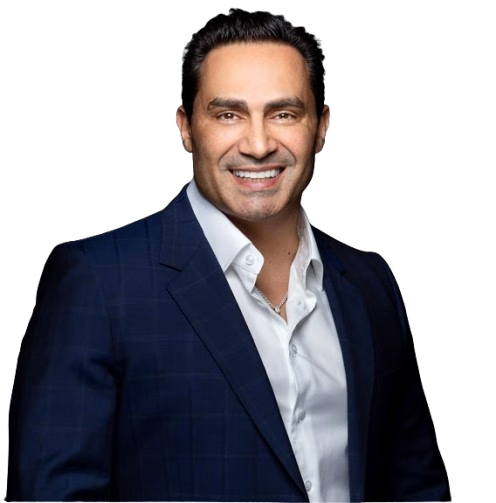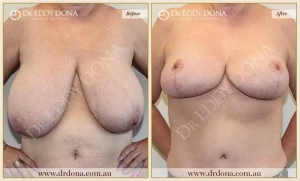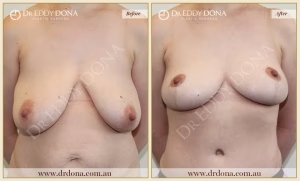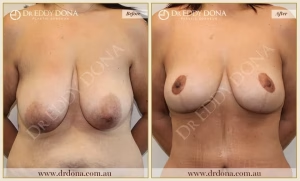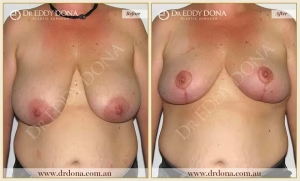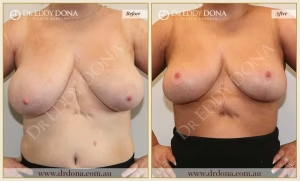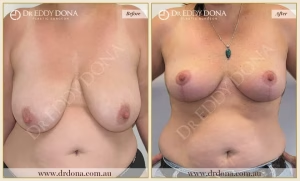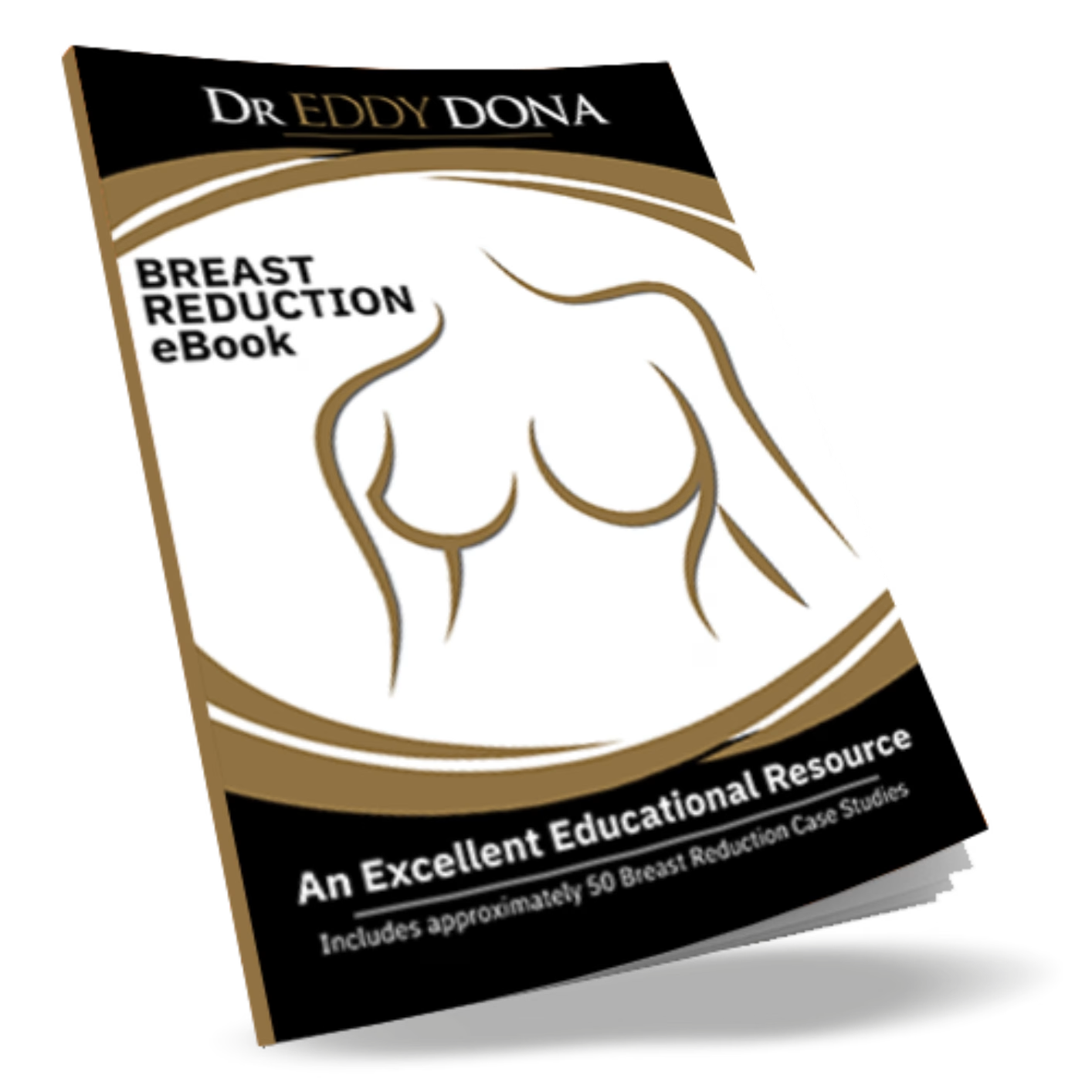What Are The Possible Complications Associated With Breast Reduction Surgery?
More information on general potential complications can be found on our site. LEARN MORE
Whenever someone is having an anaesthetic, no matter what it’s for, then things can potentially go wrong. That is why no surgery should be considered “minor”. Of course, whilst the chances of the following potential problems occurring are extremely small, you still need to know about then:
- Anaesthetic issues – which can affect heart, lungs or cause strokes
- Allergic reactions – This can be very mild to life threatening.
- Clots
- Superficial vein clots, which is a complication of the cannula or drip that’s placed in your vein
- Deep vein clots – these can potentially spread to the lung and be life threatening. We do several things during surgery and after surgery whilst you’re in hospital to minimise the risk of you developing these.
- Wound problems – such as infection and breakdown
- Bleeding – early or late
- Death – whilst the chances of this is exceeding rare, any of the previous issues can result in this devastating complication.
All these potential problems are standard for any operation, although some operations and some patients have an increased risk of developing them.
Some of the specific complications include:
Scarring – It is impossible to avoid scarring with any surgery, and the scar itself can have an unpredictable healing response. Our aim is to provide the best possible scar that your genetics allow.
Asymmetry of Breast Shape and Size – Prior to any surgery, all breasts have some slight asymmetry. Significant asymmetry issues will be addressed with your surgery, however slight ‘normal’ asymmetry will exist post-operatively.
Loss of Sensation in Nipple and Areola – If this does occur, it is usually temporary and feeling usually returns over a period of several months. In some cases (up to 10%) the loss of sensation may become permanent. Sometimes the nipple sensation can become too sensitive and uncomfortable, and this too can be permanent.
Loss of Nipple and Areola Tissue – Is fortunately rare. It happens when the nipple and areola lose its blood supply. Reconstruction can be performed at a later stage. Smoking (or any nicotine) significantly increases the risk of this happening.
Inability to Breastfeed – There is a reduction in the potential to breastfeed after surgery.
Breast Lumps – Uncommon and likely due to a small collection of blood or dead fat cells that are still healing. If it does occur it generally resolves on its own over time.
Excess Skin – In extremely large breasts sometimes an excess of breast tissue and skin remains under the armpits. These are referred to as “dog ears” and may warrant further surgery to improve.
Bottoming out – Due to the nature of the breast tissue and inherent heaviness, the natural breast tissue can continue to drop after surgery resulting in very “bottom heavy” breasts with nipples sometimes pointing upwards. Dr Dona uses a number of techniques to minimise this problem, however this can still occur.
Breast Tissue Softness and “Sagginess” – Whilst Breast Reduction Surgery can reduce the volume and change the position of you breast tissue, it can never make “soft” breast tissue firm. Also, soft breast tissue does not maintain its shape as well as firm breast tissue. Therefore, maintaining a fuller upper half of the breasts in these situations is generally not possible.

